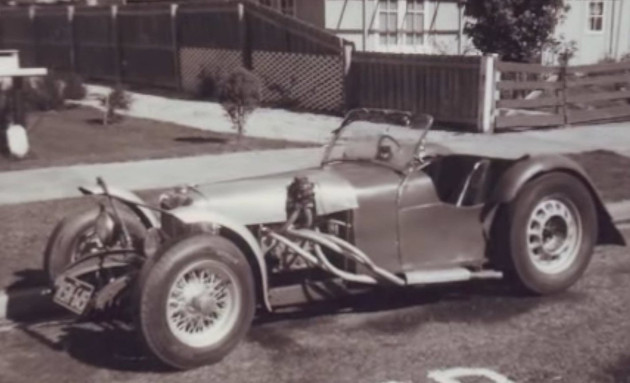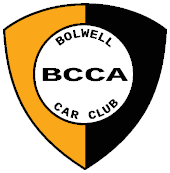Mk.2 (1960)

Pleased with his success on Bolwell Mk1, it was sold off and work began on Bolwell Mk2, which was to incorporate Campbell’s own sports car design theories. Campbell was a huge fan of Colin Chapman and Lotus cars, and was keen to put Chapman’s principals of light-weight construction; weight distribution and traction into practice for himself.
The Bolwell Mk2 was based on an MG J2 chassis and a side-valve Ford 10 engine and gearbox that Campbell moved right back so the driver was sitting almost between the back wheels. It had an MG radiator that was moved down and back so that it was actually behind the front axle. Suspension was standard MG but with the friction dampers taken off. It had 19 inch wheels at the back and cut down wire wheels about 13 or 14 inches on the front. The back wheels were disks and the car was instantly recognisable where-ever it went. The seats were bucket seats formed out of aluminium with a cushion on, and it had other parts from just about everything, including a Volkswagen horn.
The Bolwell Mk2 definitely went better than the Ford. Campbell Bolwell recalls that it was exhilarating to drive because you were totally windblown, and petrol covered because it spat fuel everywhere – there was never an air cleaner on it. It weighed in at about 1,000 pounds (450 kilograms) and could accelerate at the same rate as the V8 car but with only a fraction of the horsepower. It was faster off the line with practically no wheel-spin, and it was much quicker through corners. Up to about 40 mph it was just like a little rocket ship, but then it would run out of puff. Campbell later sold the Mk2 to his brother Graeme’s friend, Linley Hughes.
 Bolwell Car Club of Australia
Bolwell Car Club of Australia